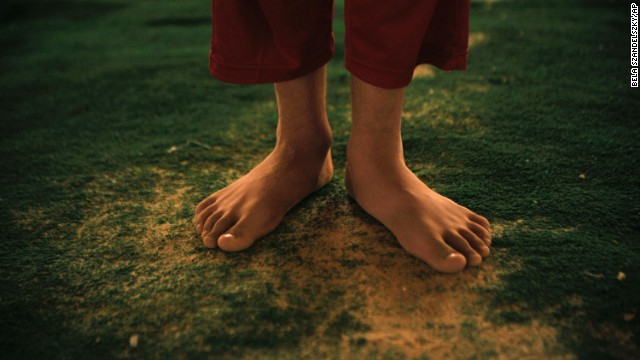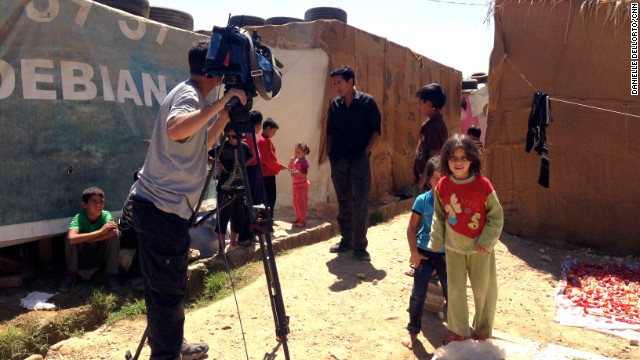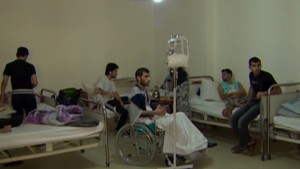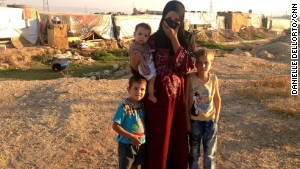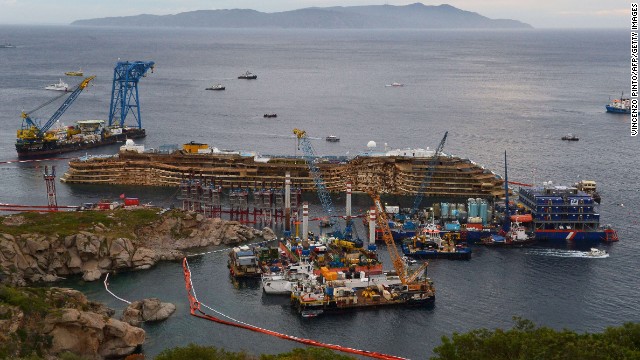Short supply of the latest Apple iPhone has left mobile networks "frustrated" and "concerned", the BBC has learned.
Several networks said that stock of the latest premium model - the 5S - was severely limited, and would likely cause disappointment.
None of the networks contacted wanted to be identified over worries they could be further disadvantaged when supplies were replenished.
Apple told the BBC it did not comment on stock levels.
However, networks contacted by the BBC pointed out that supplies of the new 5C, a lower-cost phone and newcomer to Apple's range, were plentiful.
Insiders from two of the companies told the BBC they suspected Apple was trying to drive sales of the cheaper 5C model, but that their own figures suggested customers had been hesitant to place orders.
Apple has prevented networks and retailers from allowing customers to pre-order the 5S.
One network spokesman said they had "crates and crates" of the 5C, but that the higher-end 5S was being "drip fed" into the market, and networks and retailers had been left "in the dark" about Apple's schedule for replenishing the stock.
He added that he was concerned that customers would be angry at the networks for the delay, rather than at Apple.
Less than one hour after going on sale in the UK, the 5S was listed on Apple's website as being unavailable for 7-10 business days for the UK.
October delay
O2 confirmed to the BBC that it would not be selling the 5S in its stores on launch day, but that customers would be able to try a "demo" model and place an order through their website.
It is the first time that O2 has had to put all of its stock online due to low availability, a spokesman confirmed.
Some Vodafone staff appeared confused about their company's position. One call centre worker told the BBC that there would be no 5S units in stores until Saturday. Another said that stock would be available on launch day in some of the network's stores, but that the firm did not yet know which.
 It is still expected to be a successful launch for Apple in China
It is still expected to be a successful launch for Apple in China
A Vodafone spokesman later clarified, saying: "We will have models of both 5S and 5C in our stores across the country from tomorrow.
"We are doing as much as we can to ensure every store has every configuration. We will be very open with our customers about what we have available to them."
In Apple's flagship store on London's Regent Street, the BBC was told that details of stock levels had not been shared with staff due to "security reasons".
In the US, technology media have reported similar issues with supply. Technology news site AllThingsD.com quoted one US network as saying it had "grotesquely unavailable inventory" ahead of launch day.
Delays have become apparent in other markets as well. In Australia and China, customers buying the 5S directly through Apple have been told to expected to wait at least seven working days, while customers in Hong Kong and Singapore are being told the phone is not available until October.
Supply chain
Technology commentators and analysts have been sharing theories on the reason for the apparent lack of stock.
"This is the first time that Apple has given its customers a choice on phones," said Graeme Neill, deputy editor of Mobile.
"I think this is a way to try and encourage and foster demand for the 5C before it comes out."
"We believe the 5S is more production-constrained than the iPhone 5 was at launch," he wrote, "likely due to the addition of the finger-print technology."Gene Munster, an analyst at US investment bank Piper Jaffray, said the company could be suffering supply chain problems related to new hardware.
Sources have speculated that Apple wants to drive sales of its new lower-cost 5C range
Others have suggested that supply issues related to the 5S's processing chip had slowed production.
That said, Apple is expected to post positive sales in China of the 5C, where the phones will also be launched on Friday - the first time the country has got the smartphone on the same day as other markets.
Additionally, the roll-out of iOS7, the first major revamp of the firm's mobile operating system since the very first iPhone, has been fast - however news of a security glitch has dampened its reception.
Over 35% of iPhone handsets are said to be running the software after just one full day of release.
Mr Neill suggested that despite any adverse effects from low stock, Apple would not be greatly affected longer term.
"They're an insanely popular brand, people have been queuing at the Regent Street store since Tuesday night.
"Apple coming out at midday tomorrow and saying the whole stock has been sold... it's always in their best interests to sell out within a couple of hours.
"It's a kind of win-win for Apple."




